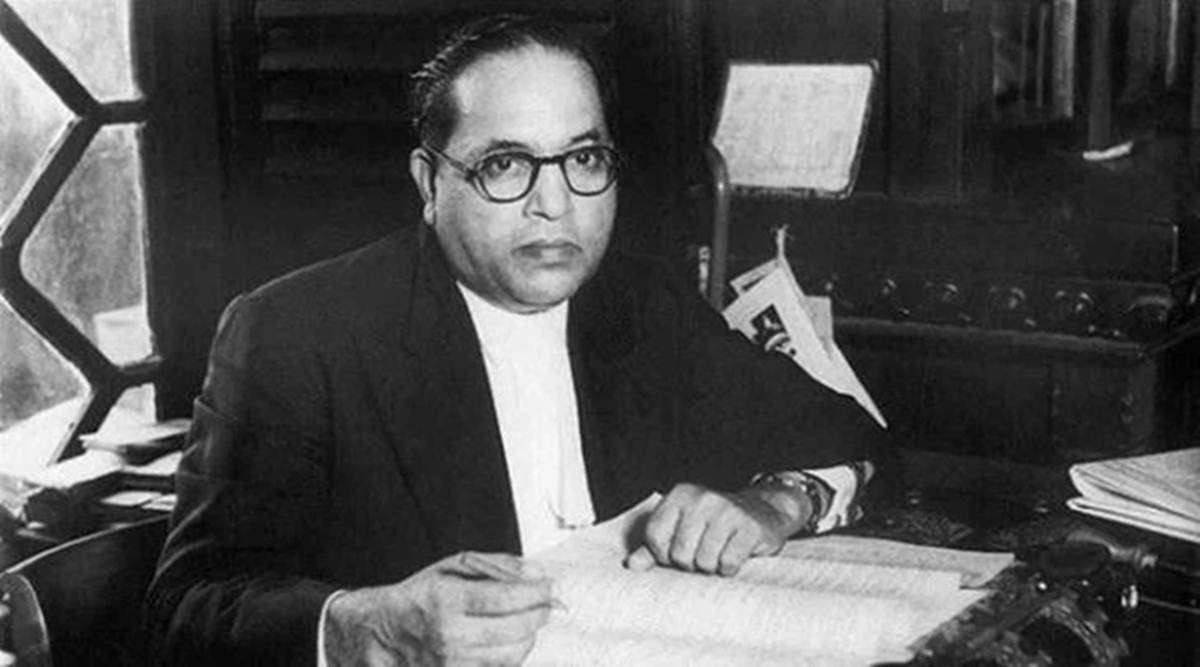Dr B.R. Ambedkar is mostly seen by many as just an emancipator of the Depressed classes. The narratives built around him are either an attempt of appropriation by the far-right forces of the country against the communists or are just an attempt to limit his legacy to the Anti-caste struggle. But Babasaheb’s life and legacy go beyond the popular narratives built around him. He was an educationist, jurist, economist, academic, politician, social reformer, anthropologist and writer.
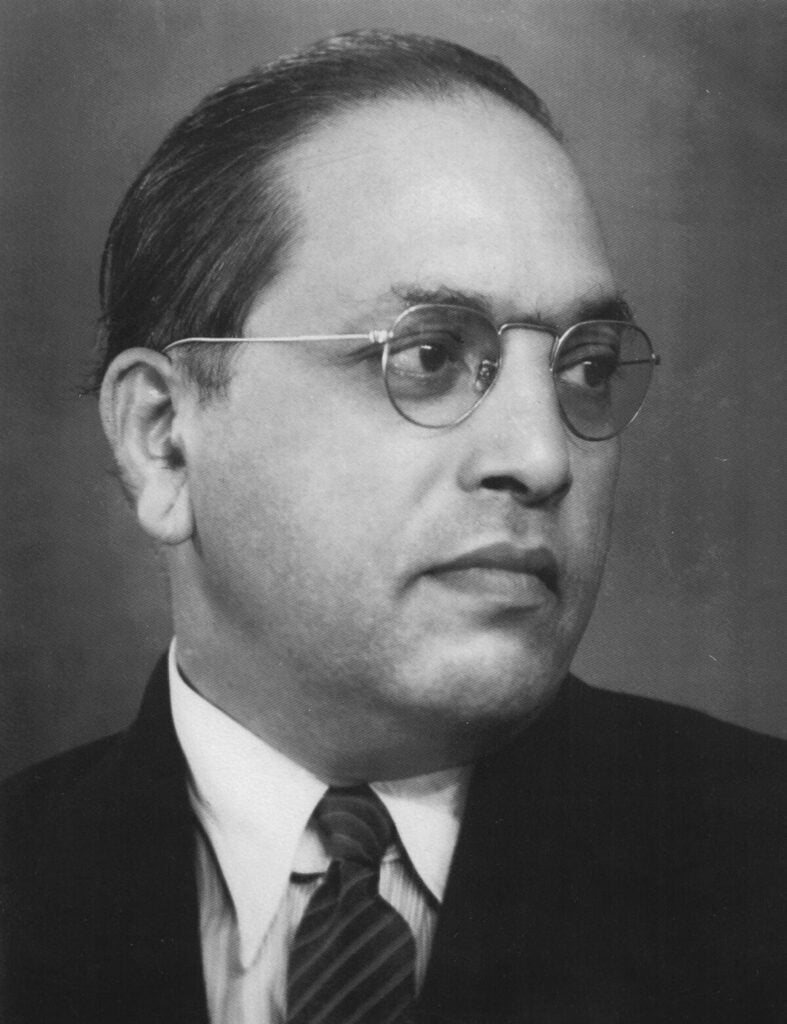
He was one of the first leaders of India who talked about the emancipation of women not merely in words but by law and also gave up his position as law Minister when the Hindu Code Bill was not passed by the Parliament which suggested reforms that would eventually grant the Hindu women the right to divorce and many more such rights.
In today’s age of misinformation and moulding of facts to propagate an agenda the simplest way to know and understand Ambedkar’s thoughts is through the immense amount of enlightening literature that he has left for us. From dwelling on the issues of caste to the problem of the Rupee to that of the administrative structure of India’s polity, Babasaheb’s works will answer most of the socio-political questions in a way still relevant today.
Out of such innumerable works there 5 such works that one should read to get an insight not just into Babasaheb’s political thought but also into the social and political histories of the country.
1. Castes in India: Their Mechanism, Genesis and Development
Ambedkar read this paper before the Anthropology seminar of Dr Goldenweizer at the age of 24 during his doctoral studies at Columbia University. In this work, Babasaheb has traced the origins of castes in India and the mechanisms of how they operate using anthropological evidence. He explains how Indian society was still primitive in upholding the principle of exogamy and how for Indian society exogamy was a positive injunction. He analyses various definitions of castes by other scholars and concludes that a caste is an enclosed unit which is kept enclosed by using the principle of Endogamy. Thus, he exposes the paradox of the Hindu social order where on hand it upholds exogamy dearer but to keep itself enclosed makes use of Endogamy.
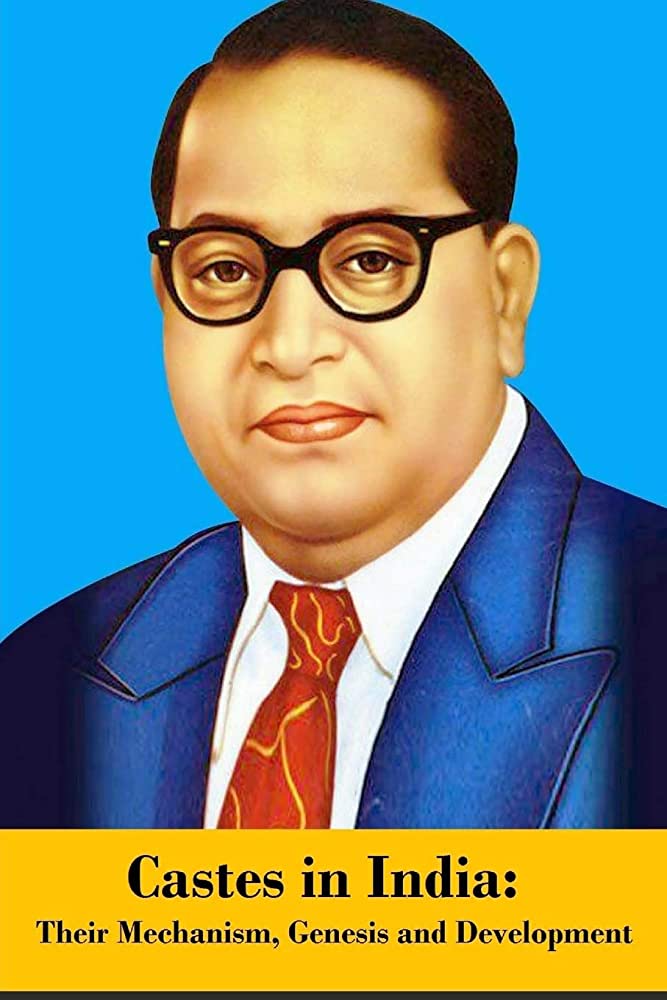
He remarks that endogamy is the peculiar characteristic of caste in India in a way that Endogamy is superimposed on exogamy to maintain the enclosed unit. To keep the unit enclosed he comments that numerical equality of the sexes is required. Here he deals with the issues of women’s rights and talks about the problem of caste as the problem of surplus women and to deal with that problem the practices like Sati, forced widowhood and child marriage originate.
To know how the caste mechanism functions, he has referred to the law of imitation to prove that the dominant caste that is the Brahmins were first to make themselves enclosed and the others imitated and thus a system of graded inequality emerged. He has also explained that the idea of purity and pollution is associated with caste only because the caste on top of the hierarchy is the priestly Brahmin caste. Thus, Castes in India is one of the best works of Ambedkar and the way he scrutinised the Hindu social order was never done before by any sociologist.
2. Annihilation of Caste
Annihilation of Caste was originally a speech that Ambedkar was to deliver at Lahore in the 1936 meeting of the Jat Pat Todak Mandal but the organisers asked Babasaheb to change the content of the speech as it seemed controversial to them that Babasaheb had questioned the orthodoxy of the Hindu religion and hinted towards converting away from the religion. Babasaheb refused to do so and the speech was never delivered. However, he published the speech himself in the same year which then drew a response from Mahatma Gandhi.
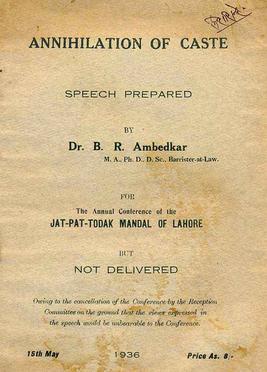
In this book, Ambedkar pointed out the historical fact that how in India the political revolution was always followed by a social revolution. But in the freedom struggle, he said that political reforms were given more importance than social reforms. He pointed out that the Socialist will have to fight the demon of caste either before or after the political reform and therefore he talks not of reforming the Hindu religion of its evil practices but a complete Annihilation of Caste. He has suggested several means to it in the form of Inter-caste marriages and interdining. But the most important point that he mentions is to destroy the sanctity of the shastras. “Shastras’ is the root cause of maintaining castes.”
He, therefore, suggests, “Make every man and woman free from the thraldom of the ‘Shastras’, cleanse their minds of the pernicious notions founded on the ‘Shastras’ and he or she will interdine and intermarry.”
According to Ambedkar, society must be based on reason and not on the atrocious traditions of the caste system. He also suggests that the Brahmin’s dominance of the institution of priesthood should be ended and the institution should be open to all castes and religions and be regulated by law.
3. Who were the Shudras?
Who Were the Shudras? is dedicated to Mahatma Jyotiba Phule, whom Dr Ambedkar regards as “the greatest Shudra of Modern India who made the lower classes of Hindus conscious of their slavery to the higher classes and who preached the gospel that for India social democracy was more vital than independence from foreign rule.”
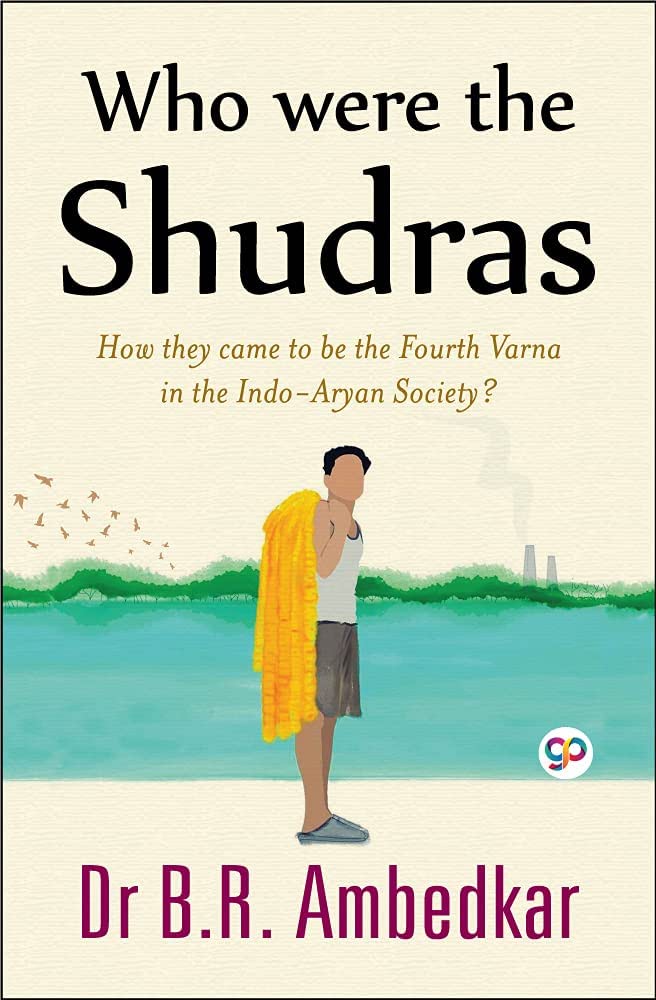
In this book, Ambedkar has studied the Vedas and other Hindu literature and by close analysis has proved that the Shudras were originally Kshatriyas and Aryans. He has explained how the power struggle between the Brahmans and the Kshatriyas led to the formation of this 4th varnas called the Shudras to punish those Kshatriyas who challenged the hegemony of the Brahmins and hence they ceased to be one of the dvijas (twice-born) of the traivarnikas and were degraded to be the Shudras with penal disabilities to be bestowed on them.
In doing so he has exposed the mischief of the Purusha Sukta to make Shudras suffer and bestow all kinds of privileges to the Brahmins. In today’s times when the OBCs are being used as pawns of communalism, this book can help restore the Shudra Identity to fight for what is just.
4. Waiting for a Visa
Dr B. R. Ambedkar wrote a brief autobiographical account titled “Waiting for a Visa” in 1935–1936; it was first released as a booklet by the People’s Education Society in 1990. The Education Department of the Government of Maharashtra published Dr Babasaheb Ambedkar: Writings and Speeches in Volume 12 in 1993. The phrase “Waiting for a Visa” is figurative; a government only issues a “Visa” to someone who has been granted official nationality, signifying that the nation will be fully responsible for the person’s safety and security. As a result, the subtitle “Waiting for a Visa” alludes to the Dalit community’s continued desire for acceptance or welcome, not only from the Indian government but also from society at large.
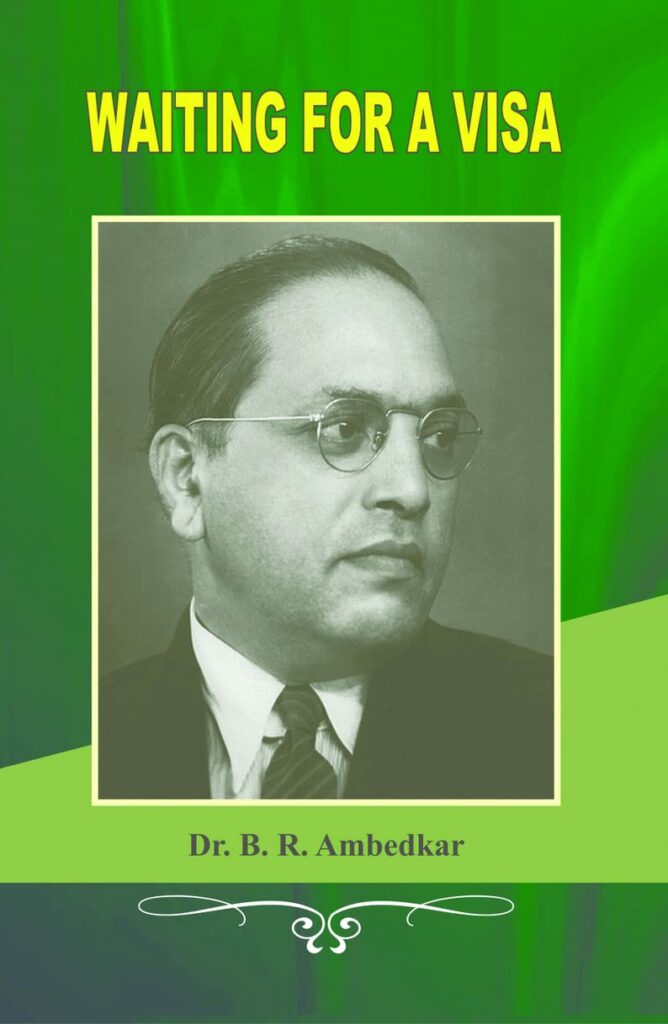
The concept of erstwhile untouchability and the unique case of the caste system, are unknown to the outside world, and Ambedkar claimed that the only way to explain these issues to a global audience is to provide examples of untouchability. He does this by citing a few of the regrettable occurrences among many including his own life experiences. It is here in this book he mentions the first incidence of caste discrimination that he faced as a child and that shook him to the core. That incidence is of being denied water to drink when they were thirsty on their journey to Goregaon.
Little Ambedkar could not comprehend why a basic amenity like water is being denied to him only because he comes from a Mahar caste. This experience had a deep influence on Babasaheb. Even today we witness such incidents of discrimination in light of that this book will serve as an eye-opener.
5. Communal Deadlock and a Way to Solve it
Dr B. R. Ambedkar gave the speech “Communal Deadlock and A Way to Solve It” at a speaking session of the All India Scheduled Castes Federation on May 6, 1945, in Bombay. Dr Babasaheb Ambedkar: Writings and Speeches, Volume 1, initially appeared in 1979 and contains the speech. This book talks about the question of political representation in the country and purports to be a constructive proposal put forth on behalf of the Scheduled Castes for the future constitution of India.
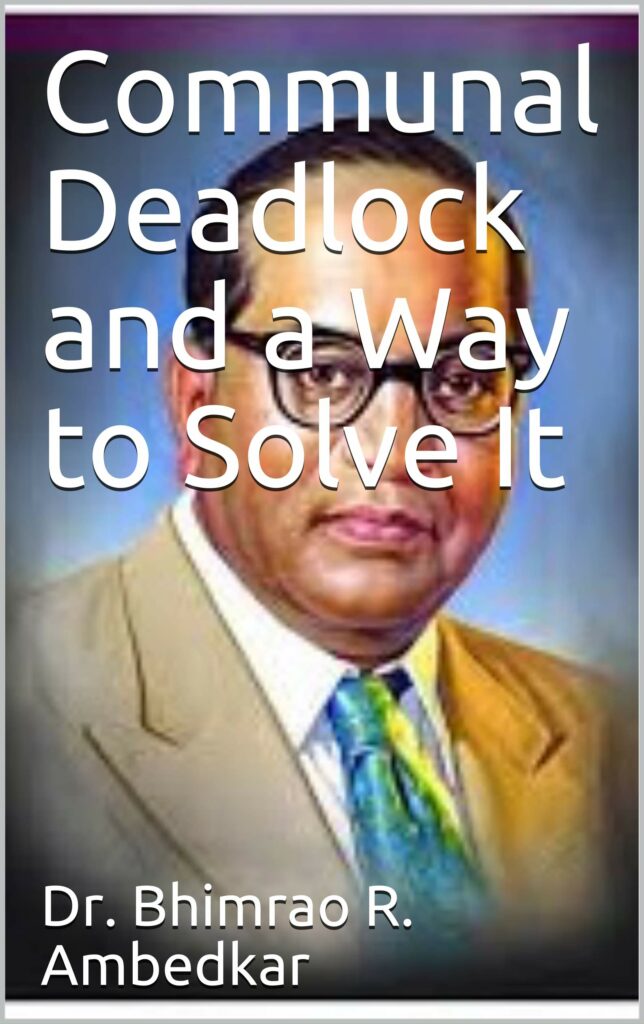
In this book, Babasaheb enunciates that in India majority is the communal majority and not a convertible political majority, the majority rule is untenable in theory and unjustifiable in practice. The major community should be content with a relative majority.
Even this should not be so large as to enable it to secure an absolute majority by coalition with a smaller minority to establish its rule. In the same way, the major minority should also not have the possibility to secure a majority by a similar combination. The combination of all minorities should however have an absolute majority in the legislature. Dr Ambedkar has set out in detail how the application of these principles would reflect community-wise in the central and provincial legislatures.
Ambedkar’s works have contemporary relevance. His writings and the way he writes make the reading experience a conversational and learning experience. These 5 works of his are truly something that deals with the problems that India has plagued with today and therefore to be read carefully.
Disclaimer: This is by no means an exhaustive or representative list. Suggestions to add to the list are welcome in the comments section.
About the author(s)
Preeti Patil is a learning enthusiast. She has completed her master's in Politics with a specialisation in International Studies from Jawaharlal Nehru University. She graduated in Electronics Engineering from RTMNU. Her area of interest is Gender studies, feminist security perspectives, Dalit feminism, Caste & diaspora & affirmative action policies.
